Deep Divers: A Gallery of Dolphins
Extinct Yangtze River Dolphin
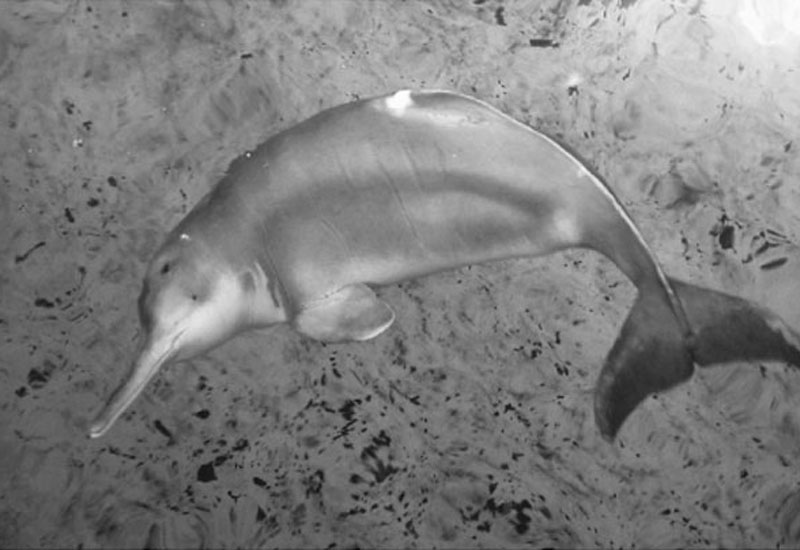
The Yangtze River dolphin (Lipotes vexillifer), or baiji, are a type of freshwater dolphin thought to be the first dolphin species driven to extinction due to the impact of humans. The above male Yangtze River dolphin, named "Qi Qi," was held at the Wuhan dolphinarium from 1980 to 2002.
Clymene Dolphins
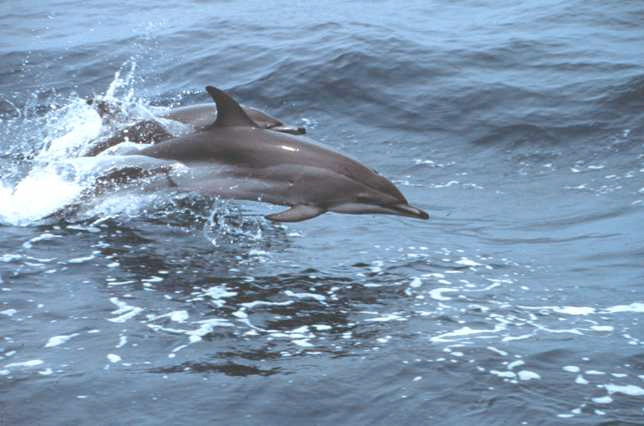
Two Clymene dolphins (Stenella clymene) leaping from the water. Clymene dolphins are native to the Atlantic Ocean and prefer temperate and tropical waters. They grow to about to about 6 feet 7 inches (2 meters) in length are slightly shorter than their Spinner dolphin relatives.
Risso's Dolphin
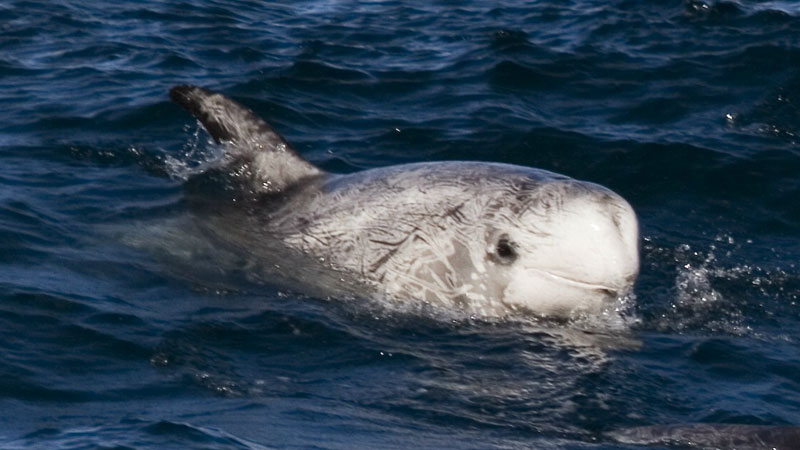
Also known as the Grampus, Risso's Dolphin (Grampus griseus) has a rounded head and extensive white scarring that occurs naturally as a result of parasites or scratches and bites from other animals. The above dolphin was spotted near a boat 30 miles out at Avila Beach, Calif.
Short-Beaked Common Dolphin
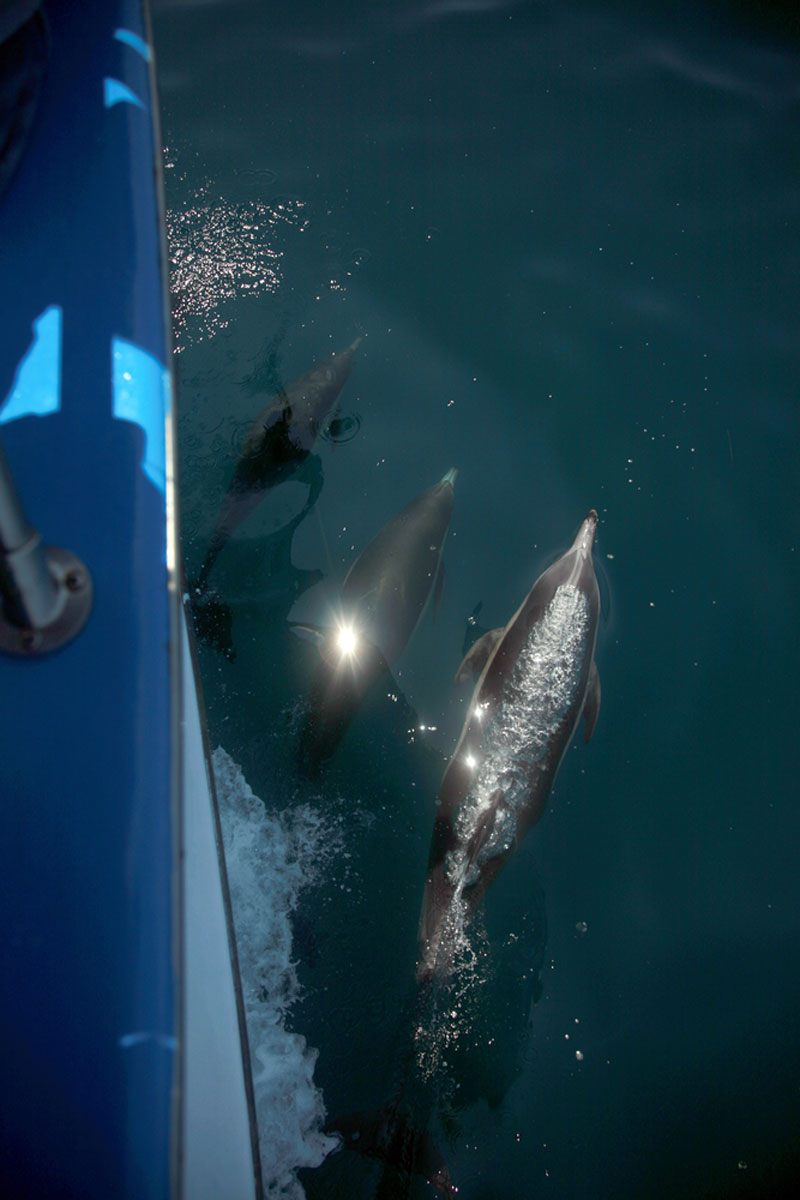
The short-beaked common dolphin (Delphinus delphis) is, well, pretty common. There are more short-beaked common dolphins than any other dolphin species in the warm-temperate portions of the Atlantic and Pacific Oceans. They are fast swimmers, enjoy aerial acrobatics and can sometimes be seen swimming closely alongside boats, a behavior known as "bow riding."
Bottlenose Dolphin
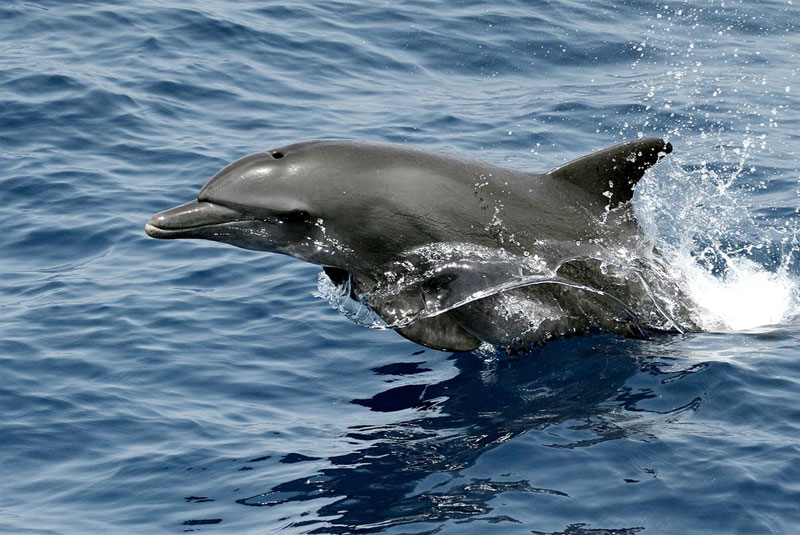
Bottlenose dolphins tend to live in "pods" of 10 to 30 members, although group sizes can vary. They often hunt in groups and communicate using a special language of squeaky sounds emitted from their blowholes. They also communicate through body language, such as slapping the water's surface with their tails, which are called flukes.
Hourglass Dolphin
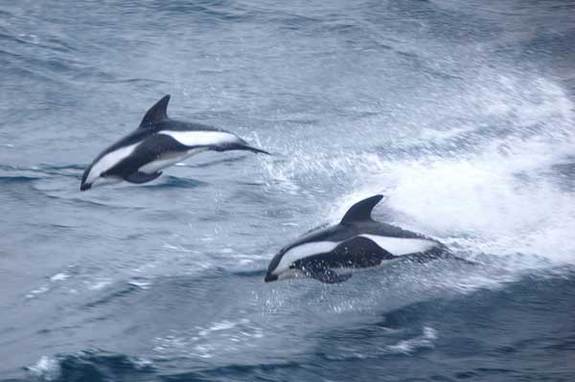
The hourglass dolphin (Lagenorhynchus cruciger) is rarely spotted in the wild. To date, only about 20 partial or complete hourglass dolphin specimens have been examined and recorded. The dolphins get their names from the white bands that run lengthwise along their bodies in a somewhat hourglass shape. Because of its black and white colors, it is also sometimes referred to as a "sea cow."
Amazon River Dolphin
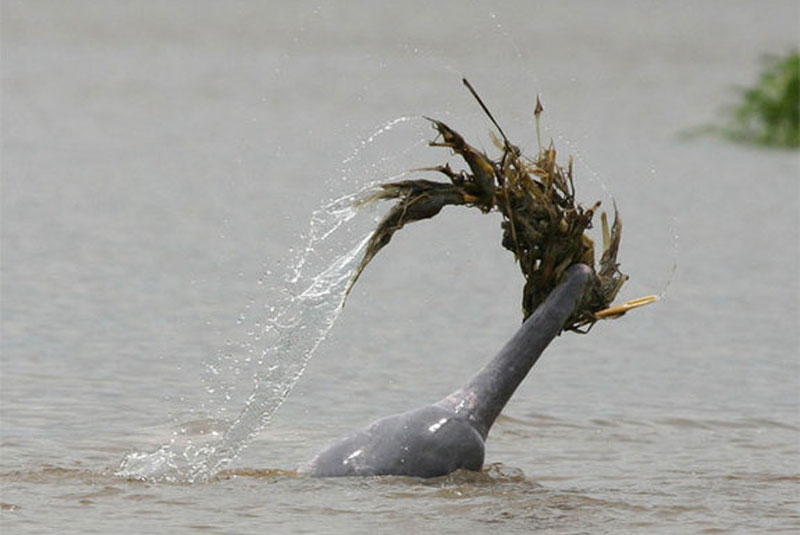
The Amazon river dolphin (Inia geoffrensis) is a freshwater river dolphin that is not only found in the Amazon River, but also in the Orinoco River, as well as the Araguaia/Tocantins River systems of Brazil, Bolivia, Peru, Ecuador, Colombia and Venezuela. Scottish researchers learned that male Amazon river dolphins sometimes carry natural objects, such as sticks and rocks, in their beaks, then throw them or thrash them against the water's surface, possibly to impress females.
Sign up for the Live Science daily newsletter now
Get the world’s most fascinating discoveries delivered straight to your inbox.
Sleepless Babies
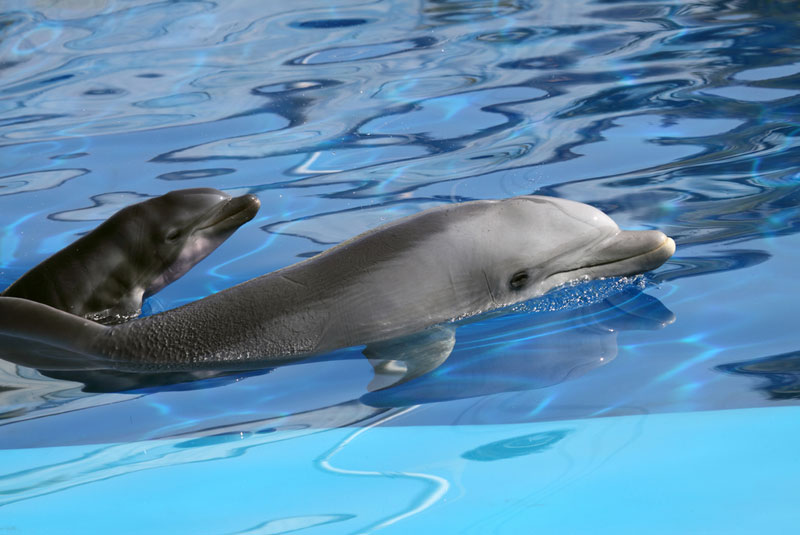
New Research shows that the babies of cetacea, an order of marine mammals that includes dolphins, whales and porpoises, stay awake for over a month after they are born. This finding challenges the idea that growing babies need rest. The above bottlenose dolphin calf swims alongside its mother.
Hector's Dolphin
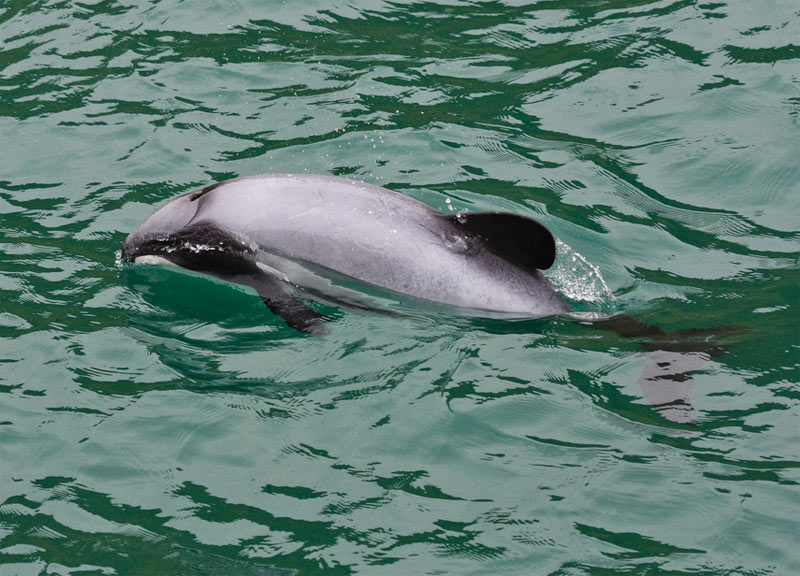
Hector's dolphin (Cephalorhynchus hectori) is found only in New Zealand. It is named after Sir James Hector, a Scottish scientist who studied the first found specimen of the dolphin in 1881. At about 4.5 feet (1.4 meters) in length, the rare dolphin is one of the smallest cetaceans.









